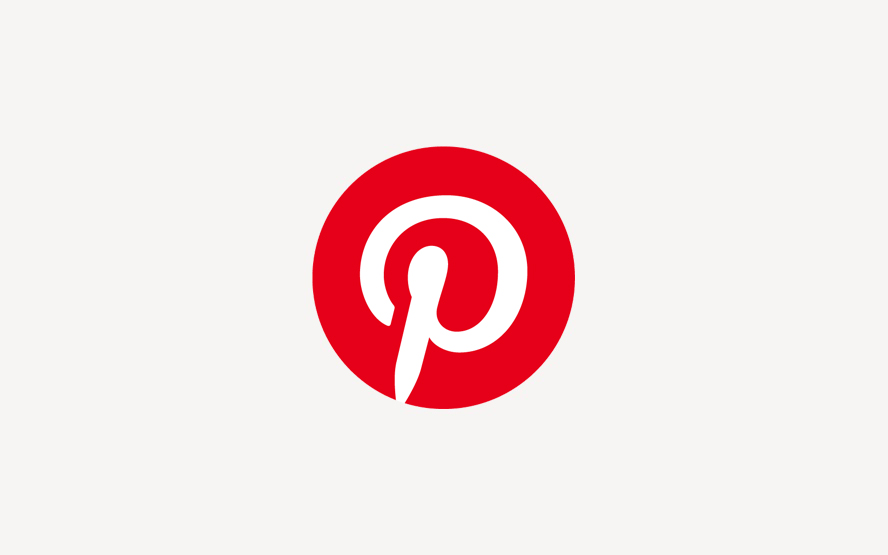What You Need to Know About Pinterest Product Pins
The growth of ecommerce has resulted in an overhaul of many social media platforms to facilitate advertising and marketing initiatives. On Facebook, Instagram, and Twitter, this fact is almost annoyingly obvious for the end user. A consumer casually searches for a new pair of shoes, decides not to buy, and suddenly they can’t escape those shoes in their social media feeds.
Most people don’t enjoy being stalked by material items. Most shoppers prefer to do the stalking. That’s the fun and utility of Pinterest. With Pinterest expanding their features for merchants, it’s time to start using Pinterest for your marketing.
Often overlooked by ecommerce marketing campaigns, Pinterest provides a visual, highly interactive shopping experience that exists off your site so you can reach a much broader audience.
Pinterest users choose categories, such as food, crafts, and fashion, to create an image feed, populated by posts by brands, vendors, and other users. Users might be looking for new recipes, creative inspiration, or to shop.
By curating an image feed, Pinterest presents users with many options in a simple format that elicits a rapid response. If they like something, they can click through to an external link or “Pin it” to their personal boards to share with friends or visit later. It’s like browsing a museum and making snap judgments about each painting, except with Pinterest, you can continue the experience by clicking through the image.
Considering half of all US millennials and 68% of US women between the ages of 25 and 54 actively use Pinterest, it’s worthwhile to ensure your ecommerce brand has a presence on the platform.
One of the easiest ways to do that is by using Product Pins.
How Product Pins Work
Product Pins simplify shopping for end users. To further that museum metaphor, adding a Product Pin to an image allows users to see real-time pricing, availability, and where to buy. Unlike Buyable Pins, which let users buy the product directly from Pinterest, Product Pins surface all the relevant information to a shopper but then redirect to the product’s landing page on your ecommerce store.
That means you can skip the affiliate fee, revenue share, or ad cost you may incur through other marketing means. It also gets a customer using your site, which gives you a better chance of converting that customer to a repeat buyer.
How Pinterest Changes Ecommerce
Organic traffic is the best kind of traffic your ecommerce store can have. The more you can drive traffic to your landing pages without paying for Google or Facebook Ads, the greater your bottom line. With over 200 million monthly users, Pinterest presents an incredible opportunity to reach customers with little to no overhead.
Better yet, Pinterest allows you to segment your target audience by using categories to drive the right shoppers to your right products. When you pin a product image, you can assign it to boards — larger themed pages where users can browse an entire category. Boards allow you to be as generic or specific as you want.
You could pin to “Dancing Shoes” as well as “Blue Suede Shoes” and reach broader and extremely specific audiences. That’s especially handy come traditional consumerist times of year, like around President’s Day sales, Black Friday, and the holiday season. Like Twitter or Instagram, Pinterest also offers app integrations that use your account’s analytics to post relevant pins at peak engagement times.
One of Pinterest’s most unique capabilities, however, is simply in its structure. Pinterest allows you to organize your brand’s boards however you’d like, giving you complete control over the image stream you’d like your visitors to see.
Maybe you’d like to lead with products currently on sale. Maybe you’d like to lead with low inventory products. Organizing your board and utilizing Product Pins to show real-time pricing and availability helps you curate an off-site shopping experience. Letting users browse your store on one of your Pinterest boards is vastly superior to dropping a Facebook Ad in the middle of their feed and hoping they stop to look.
How to Get Started Using Product Pins
It all sounds pretty good, right? Well, it’s also really easy. Product Pins support Open Graph, Schema.org, and oEmbed formats for marking up your boards and ecommerce pages. If you’re using Shopify, your page is already set up with the right metadata and is ready for validation. If you’re using another platform or one of your own design, you can seamlessly mark your own pages with Product Pins, then use the validator tool to finish integrating your Product Pins with Pinterest. You can get some more specific help here.
This is going to sound strange but bear with me here: Pinterest users both know and don’t know what they’re looking for. That grey area is exactly what allows ecommerce brands to thrive on the platform. By curating a shopping experience through Pinterest’s categories and boards, ecommerce businesses can reach as broad or as specific of an audience as they like, while Product Pins give end users all the information they need to make a decision whether or not to buy something they immediately like.
Users may just be killing time by looking at designer handbags but if you’ve pinned an image of your best bag offering with a Product Pin saying it’s currently on sale, you just may have converted an unsuspecting shopper. That’s how you win back the ones who could have got away.


